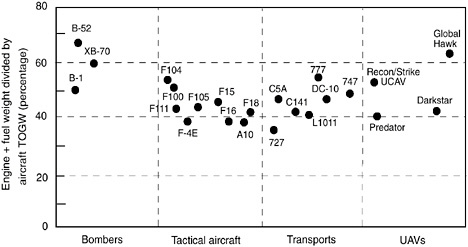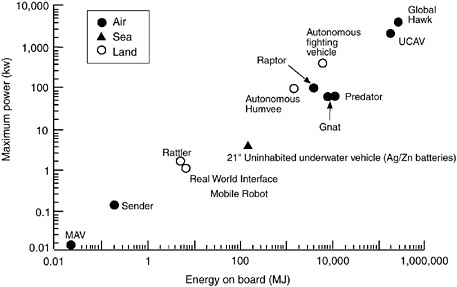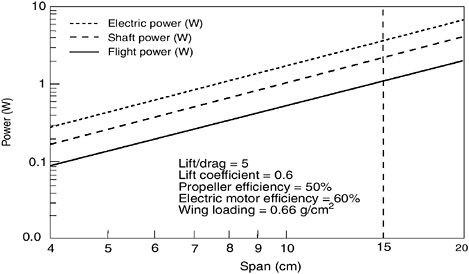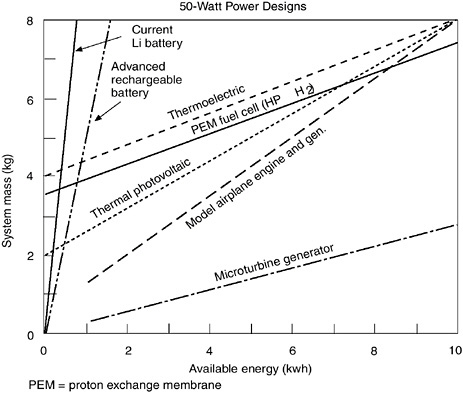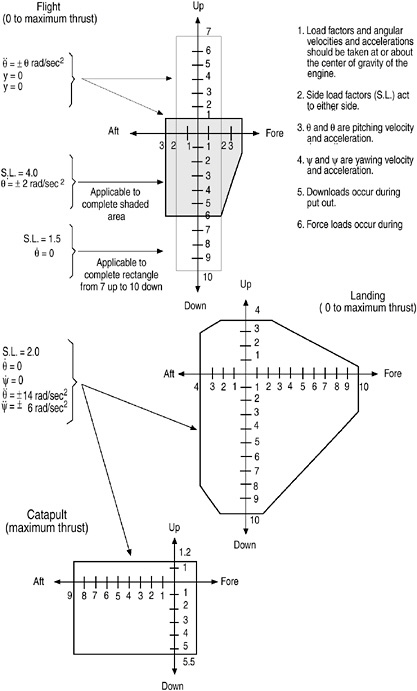China's goal is domination, not cooperation. It's playing Biden and America for fools.
Explore the topics mentioned in this article
China has a well-deserved reputation for deceit.
That’s what makes a recent statement from China’s Vice Foreign Minister Le Yucheng so remarkable: It is honest. He said it’s “not realistic” to expect China to make a new pledge to reduce greenhouse gas emissions.
There’s every reason to believe him, but the Biden administration is ignoring reality.
President Joe Biden’s Special Envoy for Climate, John Kerry, has embarked on a quixotic diplomatic quest to get China to cooperate with the United States and do something meaningful to combat climate change.
China might say there’s a climate crisis in a non-binding joint statement with the United States, but its real goal is to become the world’s dominant power — a dangerous prospect for the United States and China’s neighbors.
One reason China gets away with this is because it has made the most of its “developing” country status in the United Nation’s Framework Convention on Climate Change. Under this treaty, developing countries have far fewer responsibilities.
China is far from a 'developing' nation
The Framework Convention was signed in 1992, a time when China really was a developing country. Since then, its economy has grown more than 1,000% and its emissions more than 250%. It’s now the world’s second largest economy and largest emitter — twice as large as the United States.
Despite this, in an April 16 video meeting with Mr. Kerry, Chinese Vice Premier Han Zheng argued that as the largest developing and developed countries, China and the United States should observe their “common but differentiated responsibilities.” A polite way of saying, “You first.”
The Paris Agreement Mr. Kerry negotiated in 2015 did nothing to get rid of this developed-developing country divide. It perpetuated it instead. China could volunteer to be included among the developed nations, but that would mean giving up its strategic advantage. It won’t do that, so instead we have a commitment from China that allows it to emit with abandon until at least 2030.

Chinese Vice Minister of Foreign Affairs Le Yucheng on April 16, 2021, in Beijing.



Unrealistic expectations: Joe Biden is right to be blunt with Russia and China, but wrong on what to do next
Key parts of Chinese solar panels are manufactured in Xinjiang province, where the Muslim Uyghur minority is used as forced labor. Though the Chinese government denies this, it has not permitted independent inspectors access to the manufacturing facilities. A big red flag for an entire green industry.
Where it can’t innovate advanced energy technologies, China isn’t above stealing them. The recent Annual Threat Assessment from the Director of National Intelligence warned that the Chinese are specifically targeting the American defense, energy, and finance sectors. It reports the Chinese have no qualms with using espionage and theft as means to steal American technologies.
Don't surrender US energy advantage
We’re seeing almost weekly news stories detailing how researchers connected to China’s military and intelligence services have penetrated our universities and research institutions. They are exploiting the free exchange of ideas to pilfer intellectual property. We need to wake up to the threat.
China is also making an effort to control the critical materials used in many defense and energy technologies. It’s positioned itself as a critical cog in the mining and processing of copper, lithium, nickel, cobalt, and rare earths. It’s also heavily involved in the sectors that use these materials, like battery, solar panel, and wind turbine production.
None of this is an accident. It’s a conscious geopolitical and commercial strategy.
Beijing's oppression: Why is Chinese leader Xi Jinping so afraid of Hong Kong and Jimmy Lai?
After achieving energy self-reliance, it would be a mistake to surrender America’s energy advantage. We should not turn our energy dominance over to the whims of foreign powers like China that are actively seeking America’s decline. Undermining America’s energy security will not solve climate change.
Mr. Kerry’s pursuit of international cooperation with China on climate change is sadly predictable, but China is not in the cooperation business. It’s in the global domination business.
China pretends it’s a developing country, steals technology, uses forced labor, and manipulates markets to its advantage.


